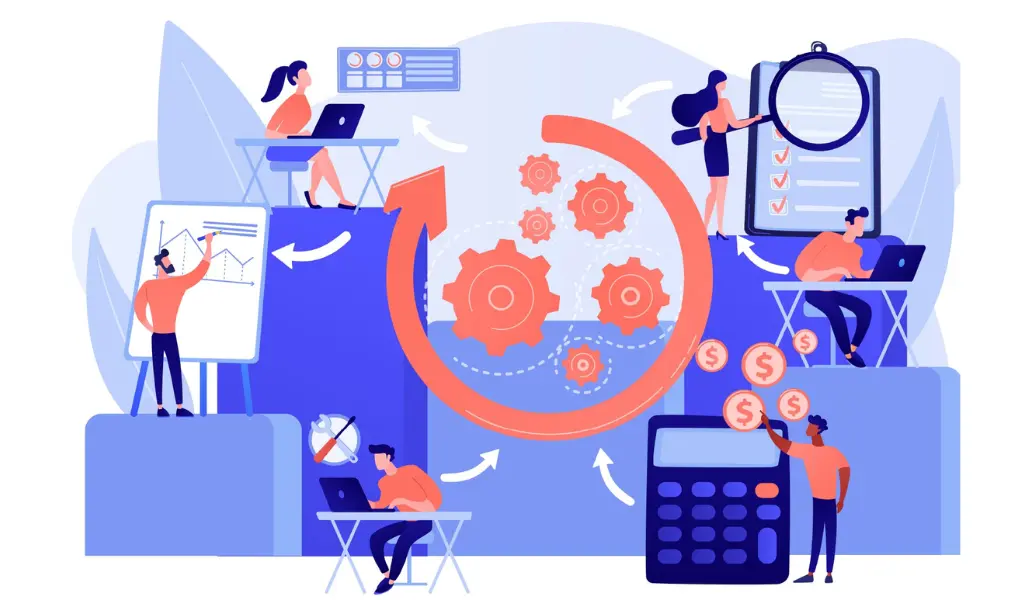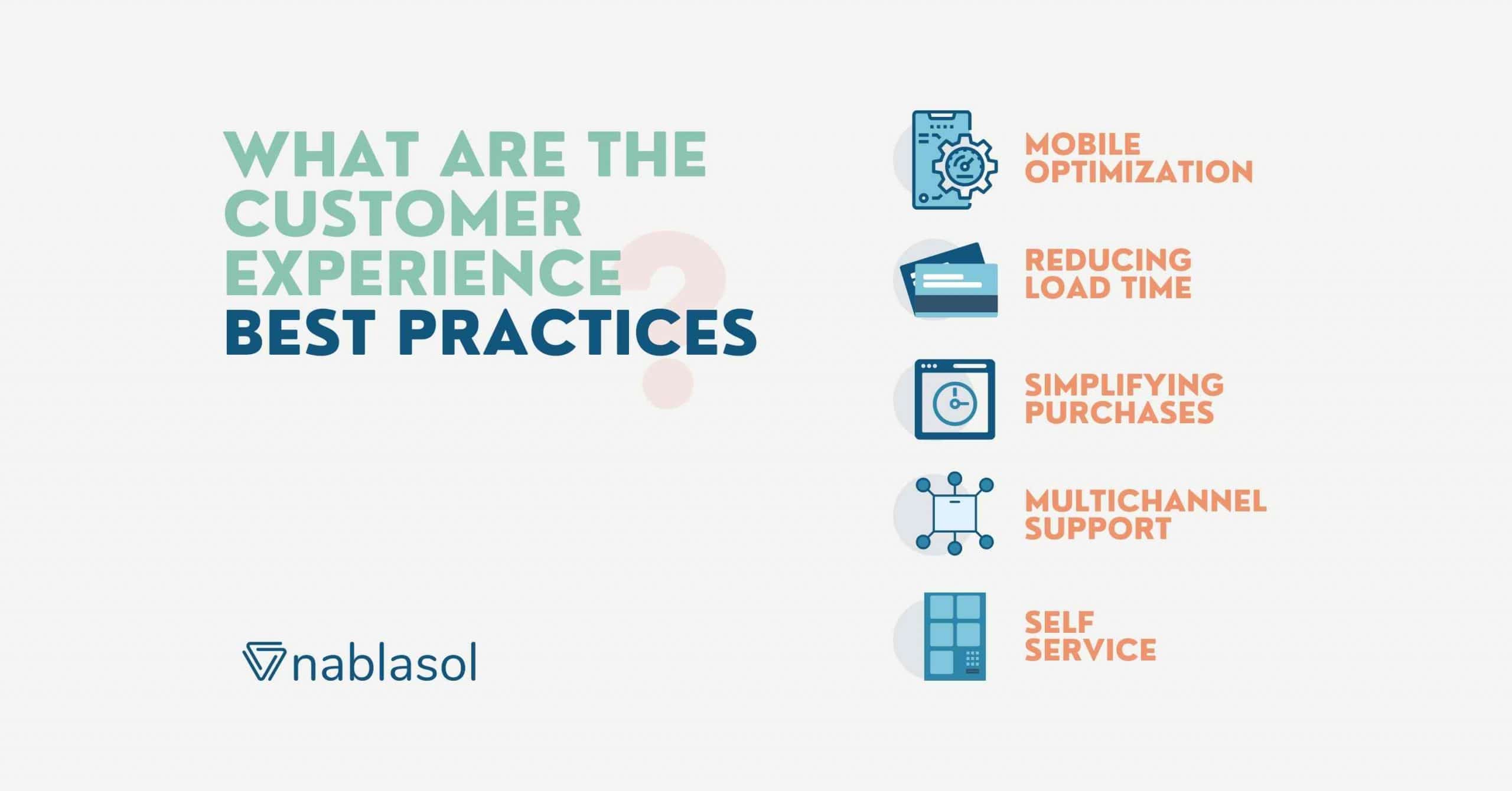An Agile Innovation approach ensures that your business can continuously deliver value to the customer and become distinct in the industry. A complete Digital Transformation might be beyond reach without a comprehensive innovation plan across the enterprise. An established organization must be in a constant state of flux in terms of innovation. The capacity of your business to change is key to profitable growth. In this blog, we break down Agile Innovation and how it can accelerate your Digital Transformation undertaking.
Digital Transformation is a people-first approach to the fundamental integration of technology throughout a business. For an established organization, it is essential to think with a strategic digital mindset and understand how Agile Innovation can play a crucial role. It will help your business deliver and adopt an ideal blend of lean principles by fostering engagement, feedback, and collaboration.
There is a systematic way to translate an updated version of business strategy relevantly across all parts of your organization. With Agile Innovation, accelerated Digital Transformation and profitable business growth are possible by aligning small-step improvements with strategic change. In this blog, we understand the process, called Agile Methodology, that product leaders use to materialize agile innovation.
What is Agile Methodology?
At the center of the agile methodology lies consumer feedback. Agile brings a framework that enables rapid interactions in digital services based on constant feedback. It allows businesses to release small software iterations at a much faster pace. Then embrace a fail-fast mindset to promote rapid iterations, speed up changes, and ultimately save time for the final release.
The focus on quickly adapting to customer feedback in the methodology is a core component of Agile Innovation. It allows creating= of powerful digital experiences based on the customer’s likes or dislikes.
Agile teams work on modularized projects in close collaboration with consumers doing rapid iterations with feedback. They generally outperform traditional groups with approval systems. In large organizations, unproven actions are seen as a threat, and agile innovation converts this mindset to a business advantage.
The teams become more cross-functional and include all the skillsets required until completion. Even though the teams have autonomy over the project, the entire process is transparent. The focus is on experimentation and feedback instead of endless debates and approvals.
There is a drastic reduction in terms of redundant meetings, repetitive planning, and excessive documentation. These actions only seem productive to the people involved. So, by adapting to consumer feedback, agile innovation brings more valuable products or services into the market faster with a reduced risk of failure. Collaboration with customers also enables engagement and personalization.



